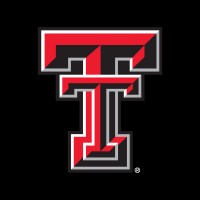
Texas Tech University
A new era of excellence is dawning at Texas Tech University as it stands on the cusp of being one of the nation's premier research institutions. Research and enrollment numbers are at record levels, which cement Texas Tech's commitment to attracting and retaining quality students. In fall 2020, the university achieved a goal more than a decade in the making, reaching a total student population of more than 40,000. In 2018, the Carnegie Classification of Institutions of Higher Education again placed Texas Tech among its top doctoral universities in the nation in the “Very High Research Activity” category. Texas Tech is one of 94 public institutions nationally and 131 overall to achieve this prestigious recognition. Quality students need top-notch faculty. Texas Tech is home to a diverse, highly revered pool of educators who excel in teaching, research and service. The university strives to foster an environment that celebrates student accomplishment above all else. Texas Tech is large enough to provide the best in facilities and academics but prides itself on being able to focus on each student individually. The momentum for excellence at Texas Tech has never been greater.






